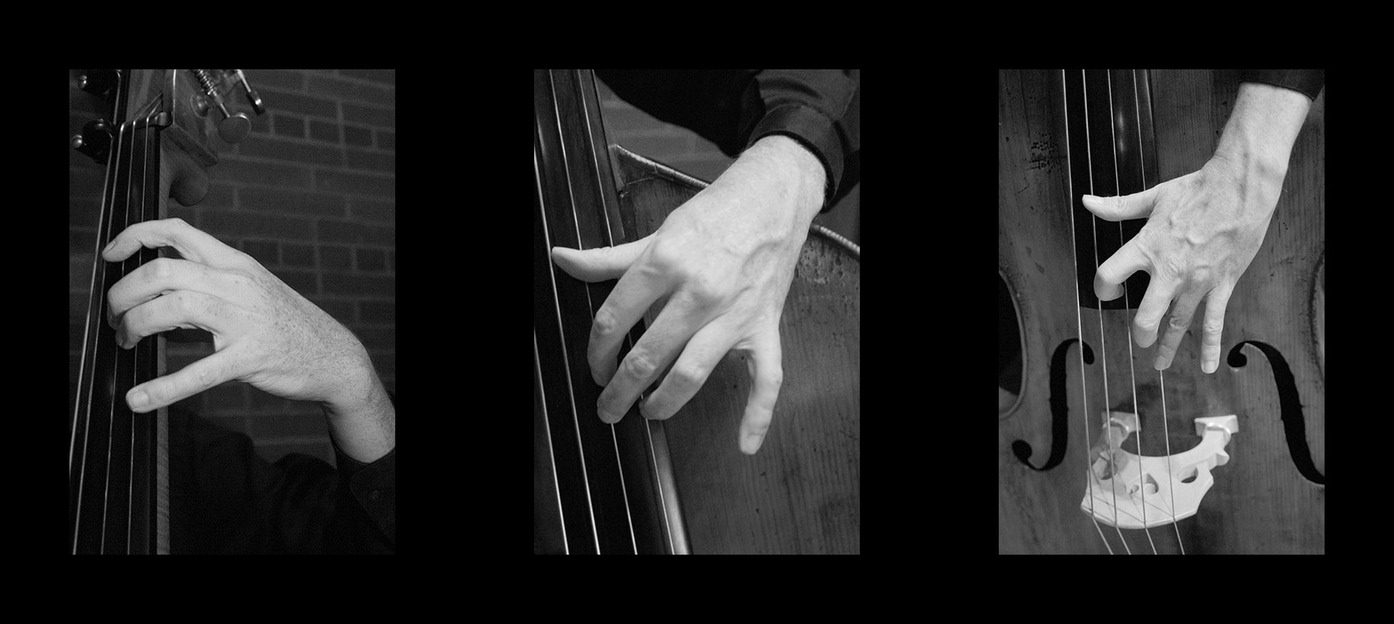
1. Go Slow
This can mean either slowing the metronome down, or assigning a faster rhythm to the metronome beat. Going slow allows you to control your technique (how you are using your hands, fingers, arms) and make something difficult more easy to learn.
2. Break Down Into Smaller Sections
This can mean practicing a measure at a time, or only part of a measure, or even just one shift at a time. Additive practice falls in this category, which is when you practice just 2 or 3 notes, and only add the next note if it was done correctly.
3. Repetition
Practicing a section, a shift, a scale or anything else repeatedly trains your muscle memory to do something easily, accurately, and automatically. Repetition moves the act of music-making from the thinking brain (cerebrum) to the non-thinking brain (cerebellum). The thinking brain is then free to focus on musical expression, interpretation, and creation.
4. Memorization
Memorizing music frees you to observe your technique and correct technical issues. It also means you truly know a passage or a piece, and are free to focus on your performance.